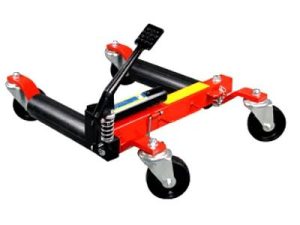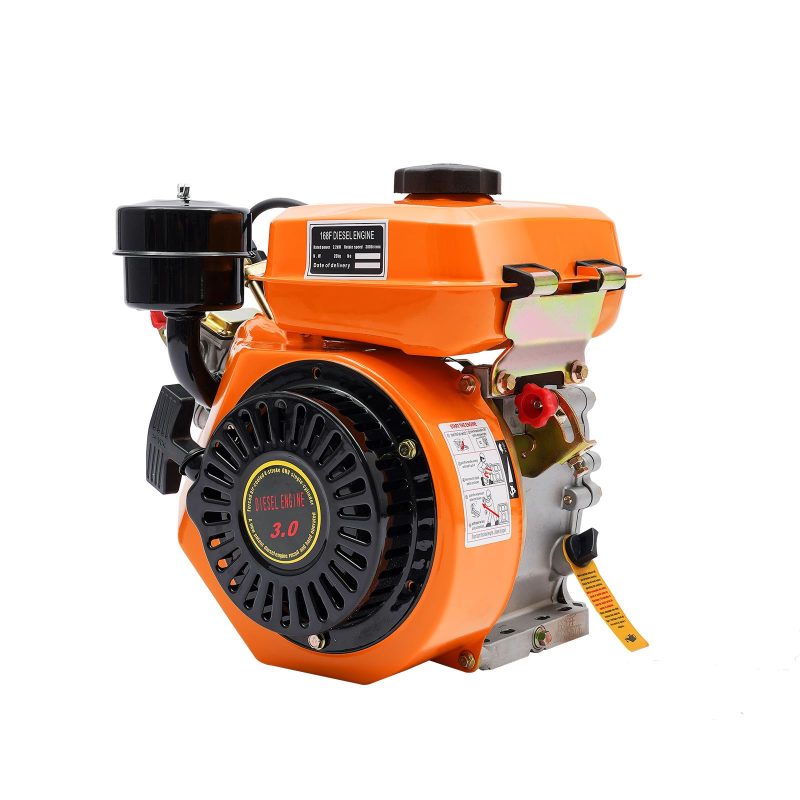Engine mounts are the unsung heroes of your car. These unassuming pieces of rubber and metal silently yet crucially perform the essential task of securing your engine in place within the engine bay. They absorb vibrations, prevent excessive engine movement, and maintain proper drivetrain alignment. But like any car part, mounts eventually wear out. So, how long can you expect them to last?
This guide will delve into the factors affecting engine mount lifespan, the telltale signs of worn mounts, and tips for maximizing their longevity. By understanding these aspects, you can ensure a smooth and trouble-free ride for years to come.
Factors Affecting Engine Mount Lifespan
Several factors contribute to how long your mounts will last. Here are the key ones to consider:

-
Driving Habits: Aggressive driving, frequent towing, and stop-and-go traffic put extra stress on mounts, accelerating their wear. Conversely, smoother driving habits and highway cruising can extend their lifespan.
-
Engine Power: High-performance engines with greater power output naturally exert more force on the mounts, leading to faster wear compared to those in less powerful vehicles.
-
Climate: Extreme temperatures, both hot and cold, can degrade the rubber components of mounts over time. Harsh weather conditions like constant heat or freezing winters can accelerate this process.
-
Material Quality: The quality of the rubber used in the mounts plays a significant role in their durability. Higher-grade rubber compounds typically last longer than cheaper alternatives.
-
Maintenance: While routine maintenance doesn’t directly impact engine mount lifespan, neglecting other engine and drivetrain issues can indirectly contribute to their wear. Worn out engine components or misaligned drivetrain components can place additional stress on the mounts.
Signs of Worn Engine Mounts
Mounts won’t typically fail catastrophically, but they do exhibit noticeable symptoms as they wear out. Here are some red flags to watch out for:

-
Increased Vibration: One of the most common signs of worn engine mounts is excessive vibration felt in the cabin, particularly at idle or during acceleration. This vibration can be transmitted through the steering wheel, floorboard, or even the seats.
-
Clunking Sounds: Worn mounts may cause noticeable clunking noises when shifting gears, starting the engine, or coming to a stop. These sounds occur due to the engine shifting excessively within the engine bay.
-
Engine Misalignment: In severe cases, worn mounts can allow the engine to move enough to cause misalignment with the transmission. This can manifest as difficulty shifting gears, grinding noises, or vibrations during gear changes.
-
Uneven Hood Gap: Excessive engine movement can sometimes cause slight variations in the gap between the hood and the fenders. This is a subtle sign, but it can be indicative of worn mounts.
-
Oil Leaks (in some cases): Depending on the location of the mounts, worn mounts can sometimes lead to leaks from the engine oil pan or other components that may come into contact with the mounts due to excessive engine movement.
Maximizing Engine Mount Lifespan
While engine mounts are wear-and-tear items, there are ways to extend their lifespan:

-
Maintain a Smooth Driving Style: Avoid aggressive driving habits like rapid acceleration, harsh braking, and excessive maneuvering. These actions put undue stress on the engine mounts.
-
Minimize Towing: If you frequently tow heavy loads, consider upgrading your mounts to a heavy-duty option designed for the extra weight.
-
Regular Maintenance: Following a recommended maintenance schedule for your car is crucial. Regularly checking and addressing any engine or drivetrain issues will help prevent excessive stress on the mounts.
-
Park on Level Ground: Whenever possible, park your car on level ground. This helps distribute the engine weight evenly on the mounts, reducing strain.
-
Inspect Mounts Regularly: During routine maintenance checks, visually inspect your mounts for signs of cracks, tears, or excessive wear. Early detection can prevent more significant problems down the road.
Finding the Right Replacements: Selecting Engine Mounts for Your Car
Once you’ve determined that replacing your engine is necessary, the next step is choosing the right replacements. Here’s a breakdown of the different types and factors to consider:
-
Original Equipment Manufacturer (OEM) Mounts: OEM mounts are the exact replacements for the ones that came with your car from the factory. They offer a guaranteed fit and performance, but they can also be the most expensive option.
-
Aftermarket Mounts: The aftermarket offers a wide variety of engine mount options. These can range from standard replacements similar to OEM mounts to heavy-duty options designed for performance or off-road use. Aftermarket mounts can be a more affordable option, but it’s crucial to choose a reputable brand that offers good quality.
-
Solid vs. Hydraulic Mounts: Most factory mounts are hydraulic mounts, which utilize a fluid-filled core to dampen vibrations. Aftermarket options may include solid mounts, which are typically made of polyurethane and offer a more rigid connection between the engine and the chassis. Solid mounts can provide better handling and performance but may also increase NVH (Noise, Vibration, and Harshness).
-
Compatibility: Ensure the mounts you choose are specifically compatible with your car’s make, model, and engine type. Refer to your car’s manual, consult with a mechanic, or check the manufacturer’s website for compatibility information.
Where to Buy Engine Mounts
Engine mounts can be purchased from various sources:

-
Auto Parts Stores: Major auto parts stores typically stock a variety of engine for popular car models. They can also special order mounts for less common vehicles.
-
Online Retailers: Several online retailers offer a wide selection of mounts at competitive prices. Be sure to choose a reputable retailer with a good return policy in case the mounts don’t fit your car.
-
Dealerships: Car dealerships can also order and replace mounts for you, but this is often the most expensive option.
The Importance of Quality
While replacing engine mounts can be a tempting DIY project, it’s crucial to use high-quality parts. Here’s why:

-
Safety: Worn or damaged mounts can compromise vehicle handling and stability. Using low-quality replacement mounts may not provide adequate support and could lead to safety hazards.
-
Performance: Mounts play a role in maintaining proper drivetrain alignment, which affects performance. Low-quality mounts may not offer the same level of performance as OEM or high-quality aftermarket options.
-
Durability: Low-quality mounts may wear out more quickly, requiring premature replacement and additional costs.
The Final Gear: Shifting Up to a Smooth Ride
By understanding engine mount lifespan, their signs of wear, and how to maximize their longevity, you can ensure a smoother and more enjoyable driving experience. If replacement becomes necessary, choosing the right parts and prioritizing quality will guarantee a safe and long-lasting repair. Remember, your engine mounts are silent partners playing a vital role in your car’s performance and comfort. Take care of them, and they’ll take care of you for miles to come.



